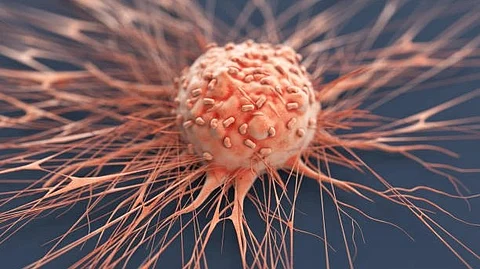The experiments also added clarity to how the normal protein and its mutated forms differ: Under normal circumstances, K-Ras is more active when it is bound to the first of two partner molecules and maintains proper control of multiple cellular functions, including the return to an inactive state. When mutated, K-Ras gets stuck in the active phase and never takes a rest.
“We need active cells, but at some point they have to stop. Otherwise it’s like never taking the foot off the accelerator in a car – at some point, you need to take your foot off because it’s going too fast,” he said. “That’s the basic problem, that these mutations induce nonstop activity of the cell.”


